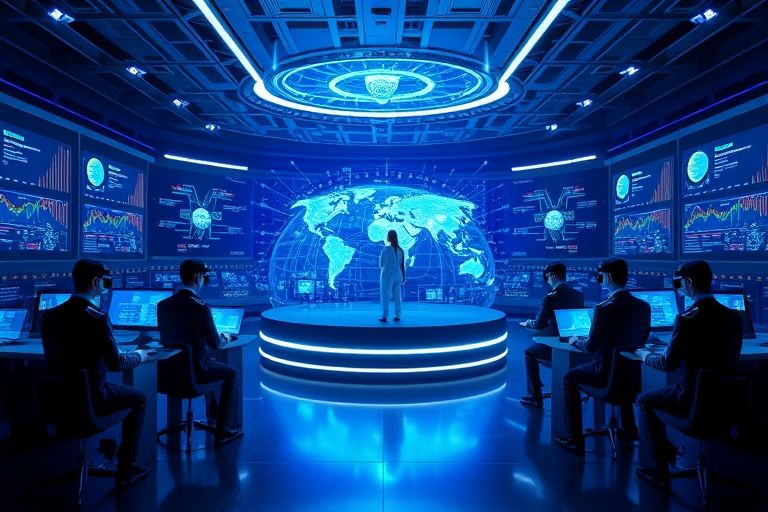
With the increasing number of cyber threats and attacks, the importance of cybersecurity identity and access management (IAM) has become more critical than ever. IAM is the process of managing and controlling digital identities, including user authentication, authorization, and access control. The future of IAM is constantly evolving, and we can expect to see several trends and predictions in this field in the coming years.
Zero Trust Architecture is an approach to cybersecurity that requires all users, devices, and applications to be authenticated and authorized before being granted access to digital assets. This approach is becoming increasingly popular, and we can expect to see more organizations adopting this approach in the future.
Biometric authentication is the process of using unique physical characteristics such as facial recognition, fingerprint, and voice recognition to authenticate users. This approach is more secure than traditional password-based authentication and is becoming more popular in the cybersecurity industry.
Cloud-based IAM is the process of managing digital identities and access control in the cloud. This approach is more flexible and scalable than traditional on-premises IAM and is becoming more popular as more organizations move their operations to the cloud.
AI and machine learning are becoming more prevalent in the cybersecurity industry. We can expect to see more organizations using these technologies to detect and prevent cyber threats.
Privacy is becoming a more significant concern for individuals and organizations alike. We can expect to see more emphasis placed on protecting personal data and ensuring that only authorized individuals have access to it.
The Internet of Things (IoT) is growing rapidly, and we can expect to see more integration between IAM and IoT devices in the future. This integration will help ensure that only authorized individuals can access IoT devices and their data.
Multi-factor authentication is the process of requiring users to provide more than one form of authentication before being granted access to digital assets. This approach is more secure than traditional password-based authentication and can help prevent cyber attacks.
Regularly updating software and security patches is critical to maintaining a secure IAM system. These updates often contain important security fixes that can help prevent cyber attacks.
Employees are often the weakest link in cybersecurity. Educating employees on cybersecurity best practices, such as creating strong passwords and recognizing phishing emails, can help prevent cyber attacks.
The future of cybersecurity IAM is constantly evolving, and we can expect to see several trends and predictions in this field in the coming years. As cyber threats continue to increase in frequency and complexity, it is critical that organizations implement robust IAM systems to protect their digital assets. By adopting best practices such as multi-factor authentication, regularly updating software and security patches, and educating employees on cybersecurity, organizations can help prevent cyber attacks and ensure the security of their data.